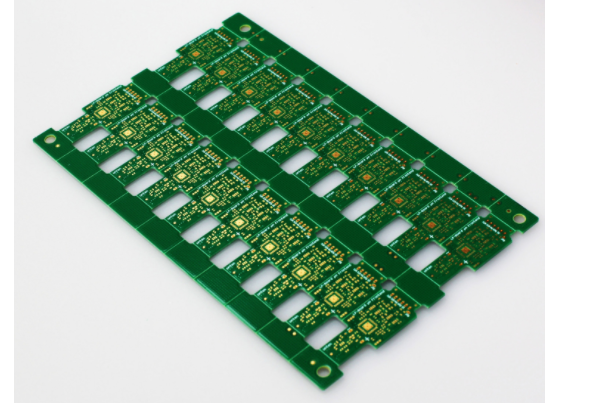PCB factory: SMT lead-free process requirements and problem solutions
1. Solder paste screen printing process requirements
1. Defrosting and stirring: first take out the solder paste from the refrigerator to thaw for at least 4 hours, and then stir. The stirring time is 2 minutes mechanically and 3 minutes manually. The stirring is to cause the solder paste stored in the warehouse to physically separate or cause The use of recycling causes high metal content to reduce it. The current lead-free solder paste Sn/Ag3.0/Cu0.5 instead of alloy has a specific gravity of 7.3, and the specific gravity of Sn63/Pb37 alloy is 8.5. Therefore, the stirring and separation time of lead-free solder paste can be more Lead solder paste is short.
2. Template: stainless steel laser opening, thickness 80-150 mesh (0.1-0.25mm), copper and electroforming Ni die analysis can be used.
3. Scraper: hard rubber (polyurethane scraper) and stainless steel metal scraper.
4. Scraper speed angle: 2cm-12cm per second. (It depends on the size and density of PCB components); Angle: 35-65°C.
5. Squeegee pressure: 1.0-2Kg/cm2.
6. Reflow method: suitable for various reflow equipment such as compressed air, infrared rays and gas-phase reflow.
7. Process requirements: The solder paste screen printing process includes 4 main processes, namely alignment, filling, leveling and release. To do the whole work well, there are certain requirements on the substrate. The substrate needs to be flat enough, and the size between the pads is accurate and stable. The pad design should match the silk screen stencil, and have a good reference point design to assist in automatic positioning and centering. In addition, the label oil on the substrate should not affect the screen printing part and the substrate The design must facilitate the automatic up and down of the screen printing machine, and the shape and thickness cannot affect the flatness required for the screen printing.
8. Reflow soldering process: The reflow soldering process is currently the most commonly used soldering technology. The key to the reflow soldering process is to adjust the set temperature curve. The temperature curve must match the solder paste product requirements of different manufacturers.

2. Reflow soldering temperature curve
The recommended process curve for lead-free reflow soldering recommended in this article illustrates four important points on the recommended process curve:
1. The heating speed of the preheating zone should be as slow as possible (choose a value of 2-3°C/s) in order to control the solder joint bridging and solder balls caused by the collapse of the solder paste.
2. The active area must be within the range of (45-90sec, 120-160 degree Celsius) in order to control the temperature difference of the PCB substrate and the change of flux performance and other factors that cause defects during reflow soldering.
3. The maximum welding temperature is kept above 230 degree Celsius for 20-30sec to ensure the wettability of welding.
4. The cooling rate is selected at -4°C/s.
Reflow curve humidity change description:
1. The flux of the solder paste starts to melt when the humidity rises to 100°C (starts to enter the active period). The main function of the solder paste in the active zone is to remove the oxide layer on the surface of the solder. If the active zone is too long, the flux It will steam too fast, and it will also cause the surface of the solder joints to be non-smooth and grainy. The time for the solder paste to completely melt above the melting point and humidity (into the reflow zone) is about 30-45 seconds, depending on the PCB thickness, component size, and density to determine whether to extend the time.
2. The temperature of the active area can also help the components of the PCB to ease the absorption, so that the temperature difference between the large and small components is reduced, and the occurrence of malfunctions is reduced.
3. The temperature difference between the large and small components entering the reflow oven is about 11.4°C. Therefore, we want to reduce the difference between them and control it from the active area, and the temperature difference can be reduced to 5-8°C to the greatest extent.
4. Considering that the lead-free solder paste is composed of multiple alloys, the cooling and shrinking time of the metal is different. In order to make the solder joints bright, in addition to other methods, rapid cooling is the most effective method.
ipcb is a high-precision, high-quality PCB manufacturer, such as: isola 370hr PCB, high-frequency PCB, high-speed PCB, ic substrate, ic test board, impedance PCB, HDI PCB, Rigid-Flex PCB, buried blind PCB, advanced PCB, microwave PCB, telfon PCB and other ipcb are good at PCB manufacturing.